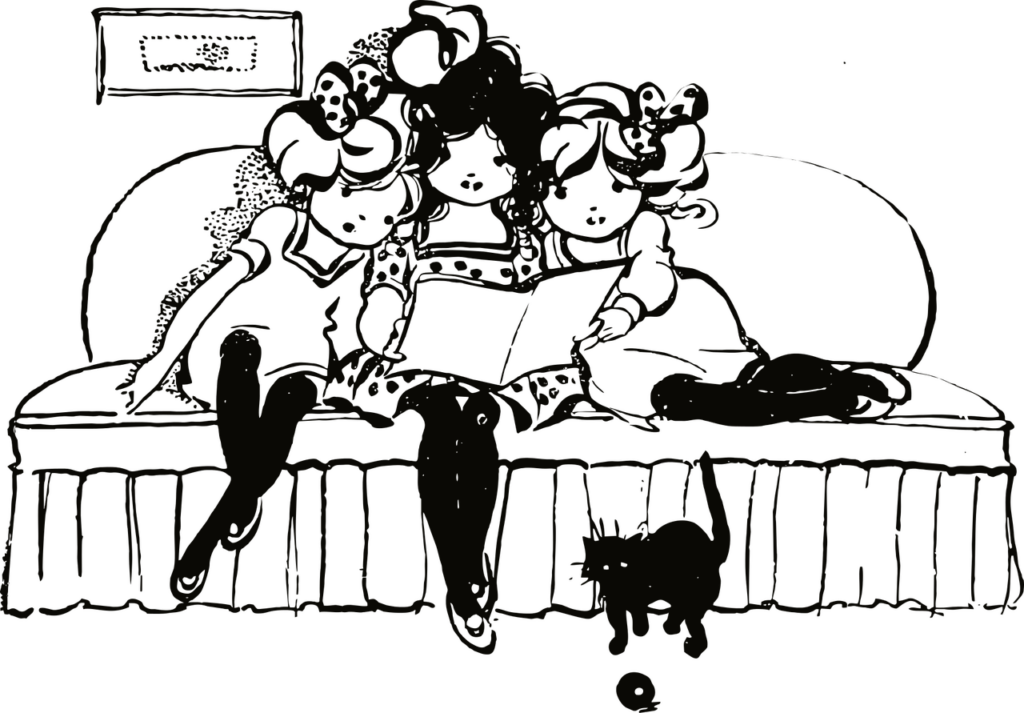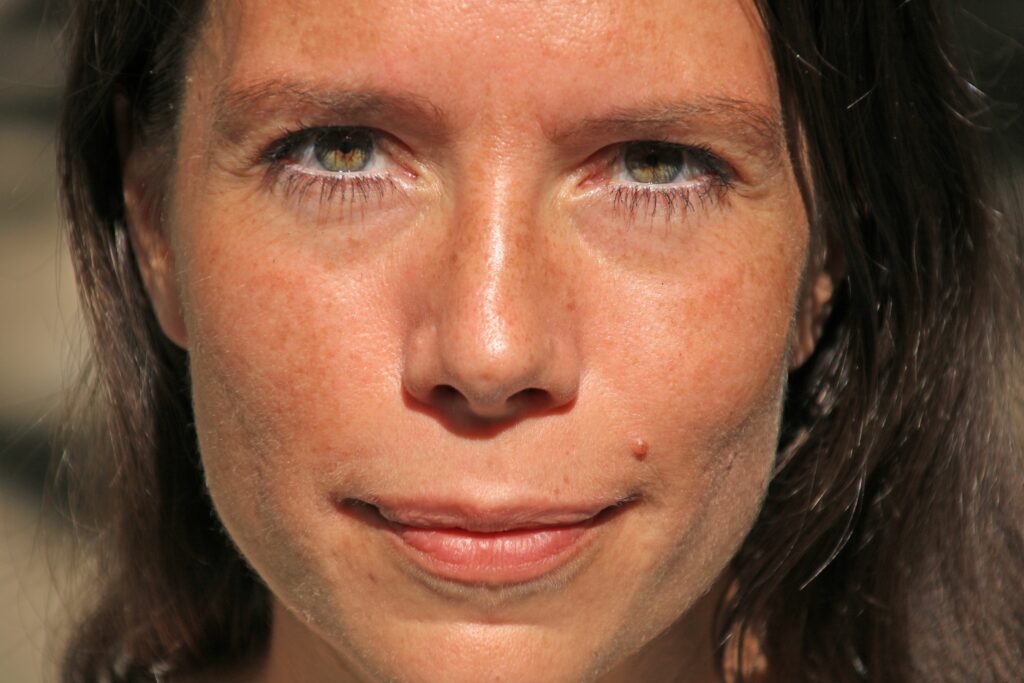Of Fairy Tales, Holy Books & Other Narratives
Author: Saskia Baumgart
Issue No: TV 96
Can we always go on living the way we do on a social level? No, says our author Saskia Baumgart, because our very existence has long been at stake. We are facing a leap in consciousness from pure rationality to heart intelligence. With this new consciousness, not only can wars, conflicts and traumas be resolved, but the feminine energies will also be strengthened, which could remedy the current dysfunctionality of society in order to achieve a new unity consciousness.
.
When wishing still helped …
The stories with which we were released into this world tell us about this. All of us grew up with the so-called fairy tales as our earliest orientation. They prepared us for the upcoming adventures of being human, for the challenges and trials of life. We trembled, felt for our heroines and were relieved when good finally defeated evil, at the latest at the end of the story. Most of the time it was like that. We grew older and the fairy tales changed, slightly, they grew with us. Their choice of themes adapted to us, or was it really the other way around? The good were rewarded and the bad punished, even if justice sometimes took detours and thus stretched the dramatic tension. This is how we learned to distinguish, to become more conscious human beings.
The moral of the story always came at the end and told us, quite incidentally, about the universal values of the world we had got into – Mother Planet Earth. As we became more informed, called educated, we noticed not only that many of the world’s fairy tales described strikingly similar plot lines, but also that their endings seemed strikingly rounded – in favour of morality and ethics. They seemed to be trying to convey to us in this way, in the end, that man is a good man, is the summary of the mostly unknown fairy tale tellers. Is this a pedagogical strategy?

,
Fairy tales and holy books
If there is a purpose to these particular stories told first to the youngest, it is obviously to give them an inner preparation for the human journey ahead with its universal themes.
Humanity and goodness are described as the highest worthwhile good.
The warning against choosing the opposite programme, hatred and greed, is conveyed indirectly, as a warning against going wrong. This official narrative strand is strikingly similar to that of the so-called “holy books” of the world religions. Practical recommendations for developing the so-called virtues, noble character traits, are numerous in the fairy tales, indirect and embedded in the plot of these typical hero’s journeys. Mostly they point to the good – or turning to good – heart of the hero or heroine of the story. In the stories of the religious books, which seem like spiritual fairy tales, the universal law of God is emphasised and elevated to the guiding principle of human action.
Many of those books seem like parenting guides for big kids.
Little is described there about the possibility of free will, which would be more appropriate for adults – according to the criticism of many enlightened people of the third millennium.
A voluntary and self-empowered turn to the so-called good, to human ethics, as the equivalent of genuine goodness, corresponding to our age of individualism, is missing here. It shows the time from which the books come, an era in which the human collective was still strongly anchored in tribal consciousness. Individual consciousness and decisions based on it were hard to come by in that era, as they were usually fought hard, as a threatening tendency for the dictatorial social form of patriarchy. Nothing is more contested than the principle of love, as the basis of an ethic of a consciously chosen loving and respectful attitude towards life and human beings. It is precisely here that a huge field of conflict opens up, world-wide, preventing people from developing ethically on a basis of compassion and understanding for the Other in the Other. Sharing this basic understanding as a universal guideline in thought and action, out of basal love, in the sense of a greater, more comprehensive one, would be a decisive step in the sense of the spiritual evolution of the human being. This requires wisdom that is capable of peacefully uniting collective and individual consciousness.
Inherited trauma
Conflict and war seem to come into fruition so much more easily and quickly, even though their results produce massive misery and lasting drama – great sorrowful weights on the shoulders of all members of the human family. We, as members of this particular species, now maintain and produce this basic human condition over a huge span of several millennia. The phenomenon can be traced, as far as we have a historical overview of the time span, thanks to written testimonies in words and pictures as well as through numerous oral reports of experience in the form of ancient stories and songs.
They tell of an inconceivable amount of violence between human kindred, of which we still find countless in too many places on earth. In their interplay, these manners seem more like an extremely unintelligent “counter-game”. The kind of sadistic cruelty is found towards every other life form with which the human species comes into contact. It can be found as a projection in many films that describe, for example, extraterrestrial civilisations as evil and hostile, or in fables, the ancient wisdom stories whose protagonists are animals. The indigenous accounts of experience speak of seven generations needed to end a collective trauma, i.e. to no longer inherit it and to be able to end the transgenerational drama.
Otherwise, the pain is unconsciously reproduced out of a deep lack of awareness and love; thus, suffering continues collectively. The traumatic concatenation of the victim-perpetrator dynamic, which we can observe in all regions of the earth, everywhere where human beings are present, continues to have a destructive effect.

The possibility of healing this wound lies within the spectrum of possibilities of the one who recognises it and chooses to do so.
The discerning eye alone is not enough for a real understanding of this destructive cycle. What is needed here is the power of the compassionate heart, the much-vaunted one of fairy tales and religions, which science has eyed with suspicion since the Enlightenment phase in the 18th century. Since the existence of a heart intelligence shakes the rationality decreed at that time and threatens the still existing questionable claim of its sole dominance, there is a widespread paranoia towards the human emotional and love centre.
As a result, we find aversive to allergic reactions towards everything related to emotional, intuitive and spiritual phenomena.

About the author:
Saskia Baumgart works artistically and sound-healing with music, singing and voice. The Berlin native is trained in singing, music therapy and Somatic Movement Arts (dance, movement art and healing), as well as in shamanic-spiritual work, including various stays with indigenous cultures (Amazon, Mongolia, North, South America). Musician solo as Sasperella, with her band Magic of Sound and the Iranian AWA Trio.
This article was originally published on the German website: Die Ogdoadische Tradition




